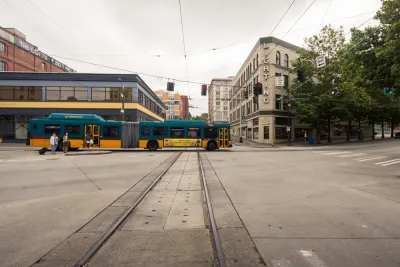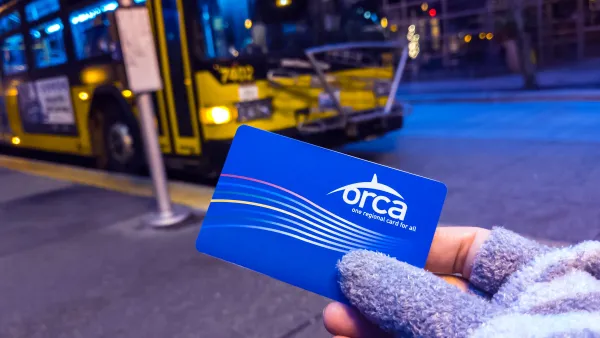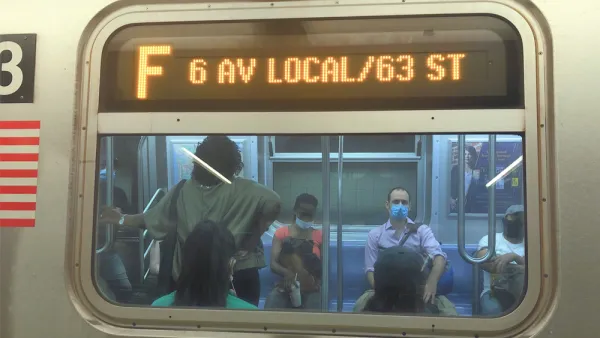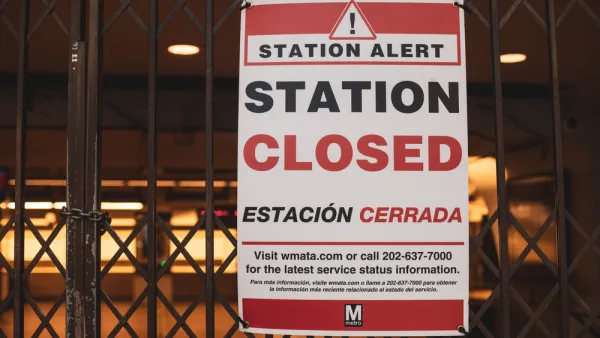Seatback signage and reduced capacity will allow King County Metro to begin resuming bus service. In the wake of staff illness and depleted funding, the road to Metro's recovery could be quite long.

After three successive service cuts starting in mid-March, King County Metro announced Monday that some buses will resume service. The plan to restore service includes extra trips on several routes and fare-free rides through the month of May.
"Service cuts have primarily affected weekday service, resulting in nearly a 30% reduction of trips. The latest counts indicate that weekday bus ridership has somewhat stabilized at around a 73% drop over last year," writes Stephen Fesler. The most stable ridership since the onset of the pandemic has come from primarily low-income, urban communities that rely heavily on public transit day-to-day. Extra bust trips are prioritizing services in these areas where the coronavirus has least impacted ridership.
In addition to increased trips, signage will be installed in transit vehicles to promote the observance of social distancing mandates. Starting in the next two weeks, signage will include placards placed on seatbacks to enforce social distancing, "limiting capacity on buses to 12 riders on 40-foot buses and 18 riders on 60-foot buses." Metro will also continue to request that symptomatic riders to refrain from using their services and will require all riders to wear masks.
Despite these restrictions and requirements, several metro staff members have been exposed to the coronavirus and contracted COVID-19, including one operator who died from the disease. Given these concerns and financial distress due to the lack of federal assistance, Metro is expected to have a difficult time recovering from the decrease in ridership.
FULL STORY: Metro Restoring Some Bus Trips To Meet Demand, Installing More Social Distancing Signage

National Parks Layoffs Will Cause Communities to Lose Billions
Thousands of essential park workers were laid off this week, just before the busy spring break season.

Retro-silient?: America’s First “Eco-burb,” The Woodlands Turns 50
A master-planned community north of Houston offers lessons on green infrastructure and resilient design, but falls short of its founder’s lofty affordability and walkability goals.

Delivering for America Plan Will Downgrade Mail Service in at Least 49.5 Percent of Zip Codes
Republican and Democrat lawmakers criticize the plan for its disproportionate negative impact on rural communities.

Test News Post 1
This is a summary

Test News Headline 46
Test for the image on the front page.

Balancing Bombs and Butterflies: How the National Guard Protects a Rare Species
The National Guard at Fort Indiantown Gap uses GIS technology and land management strategies to balance military training with conservation efforts, ensuring the survival of the rare eastern regal fritillary butterfly.
Urban Design for Planners 1: Software Tools
This six-course series explores essential urban design concepts using open source software and equips planners with the tools they need to participate fully in the urban design process.
Planning for Universal Design
Learn the tools for implementing Universal Design in planning regulations.
EMC Planning Group, Inc.
Planetizen
Planetizen
Mpact (formerly Rail~Volution)
Great Falls Development Authority, Inc.
HUDs Office of Policy Development and Research
NYU Wagner Graduate School of Public Service





























